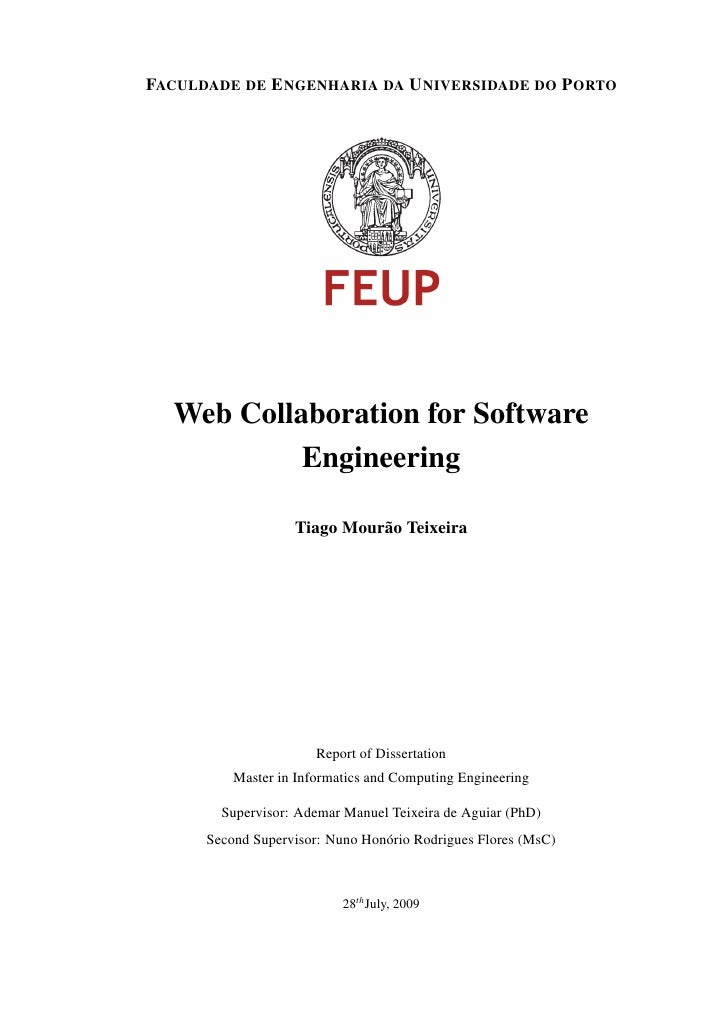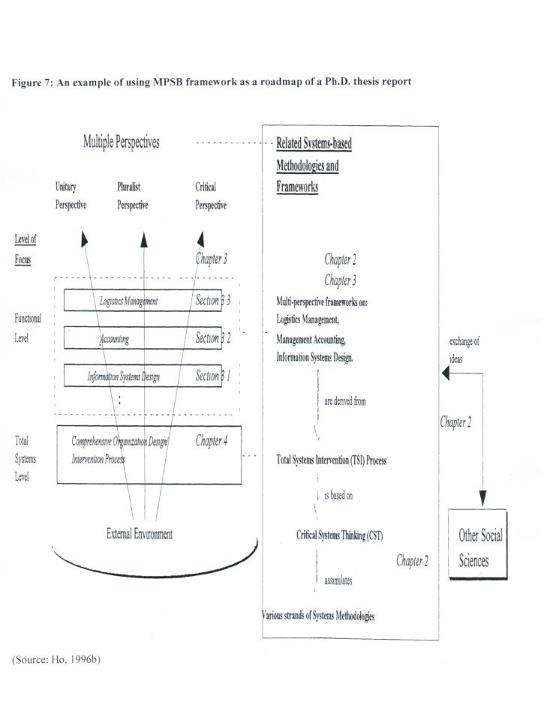How To Write a Cinquain Poem PowerPoint (teacher made).
Show the class several more examples, and have the learners note how each poem follows the pattern. As a class, come up with a topic for a cinquain poem. Have the learners call out suggestions for each line and write them on the board. Read the poem out loud together as a class. Pass out the second page of the attached handout, and have learners work in partners or independently to generate.
Cinquain Poem Examples for Students In this online homeschooling lesson, we explore adjectives and adverbs and then use what we've learned to write a Cinquain poem. We found some fun videos and activities to help teach the difference between an adverb and an adjective.
This cinquain is an example of how the form has a haiku-like simplicity. The subject of this cinquain is Winter and nature is often used in this form of poetry.
To write a poem, first decide whether you want to follow a specific structure such as a sonnet or haiku, or would prefer to write something free-flowing, then choose a poem type from the selection above. Once you've made your choice, we'll ask you for a few words to inspire your poem. We'll them use our extensive word lists to write a poem inspired by your input. We'll help you with devices.
Cinquain Examples. Cinquain. A cinquain is a specific type of poem, created by Adelaide Crapsey. It has five lines, but they do not rhyme. Each line has a set number of syllables: Line 1-2 syllables Line 2-4 syllables Line 3-6 syllables Line 4-8 syllables Lines 5-2 syllables. In the original form by Crapsey (American Cinquain), each of these lines was written in iambic pentameter-meaning they.
I’m going to guess you mean the so-called “American Cinquain,” probably the best known of the many variations. Given the autumn season, here is a famous one by Adelaide Crapsey, the poet often credited with the form’s invention: November Night Lis.
Cinquain: This is another unique type of poetry style. As the name suggests, it is made up of five lines. The first line is just one word, which is often the title of the poem. The second line has.










